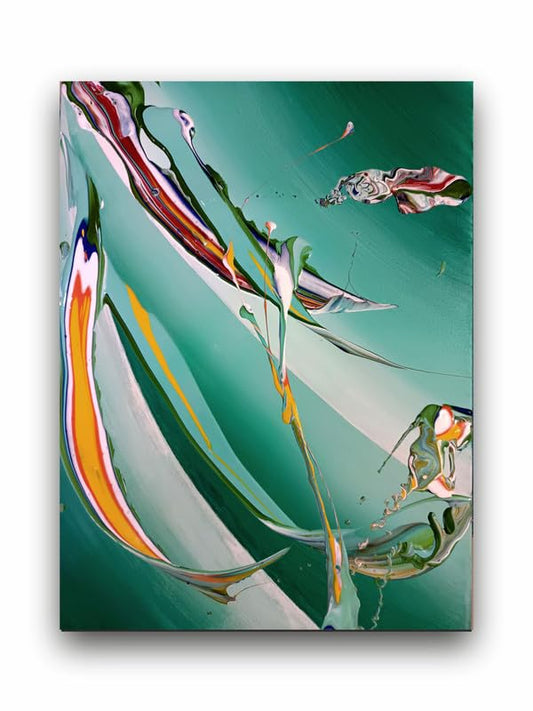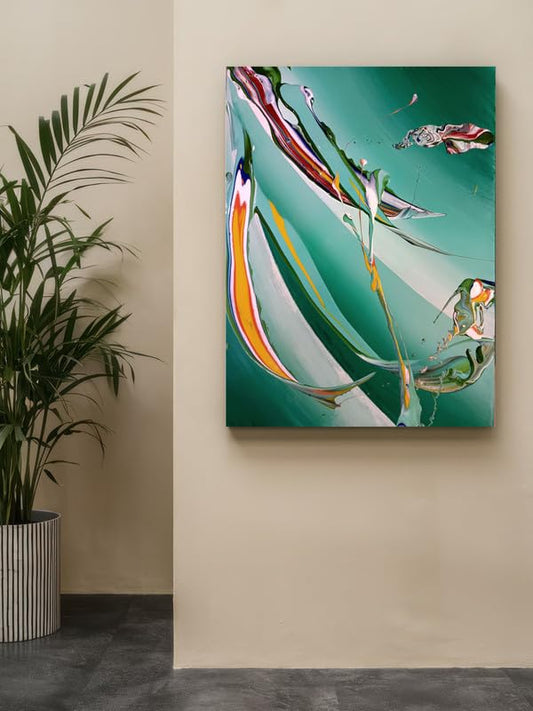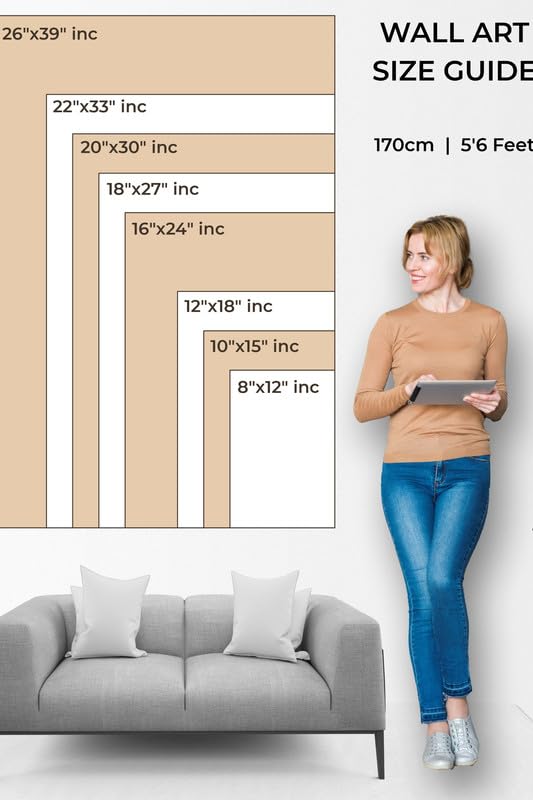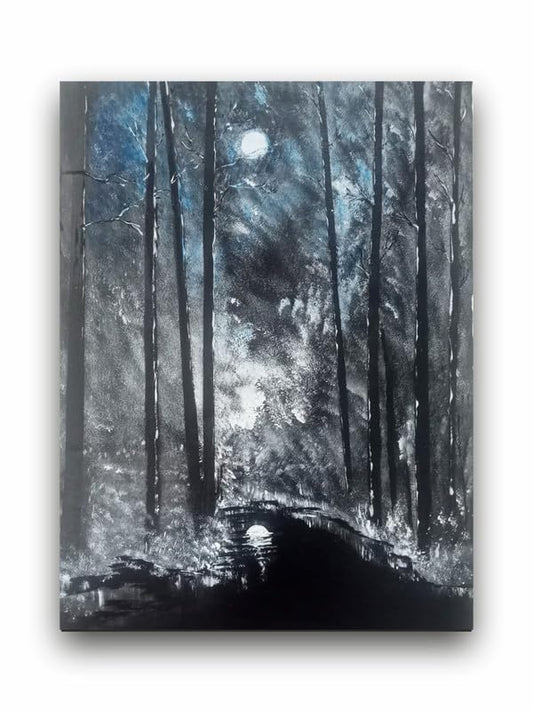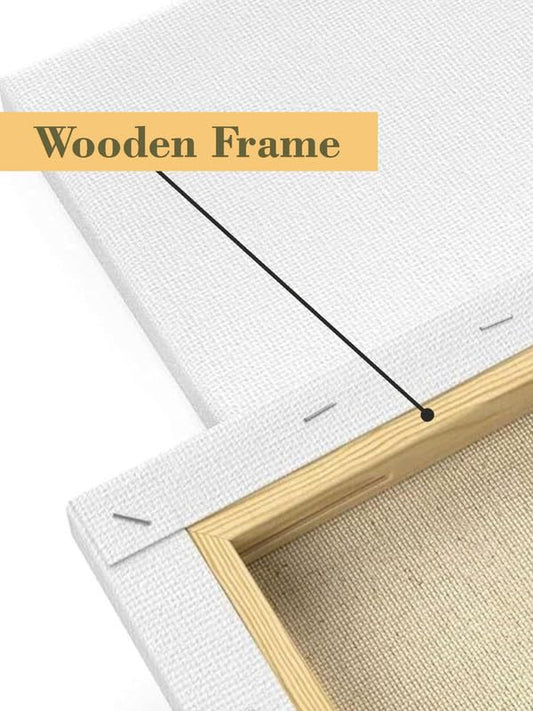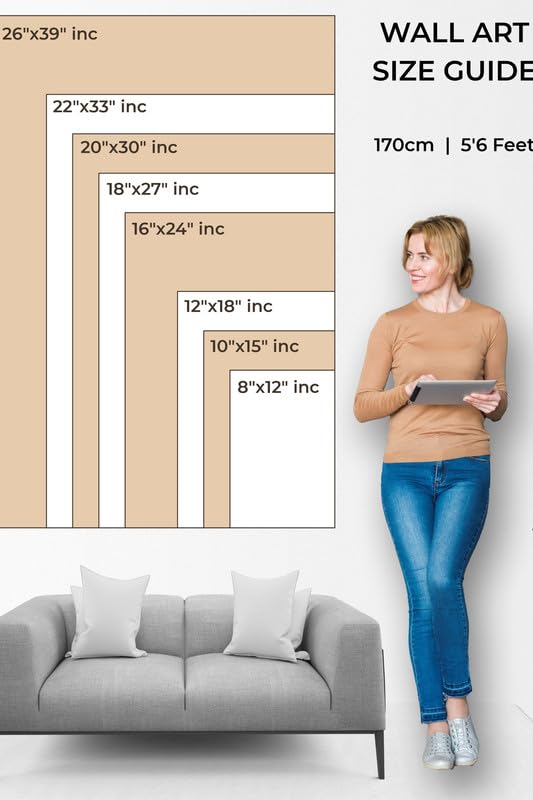
The Intersection of Abstract Art and Architecture: Creating Visual Harmony
The Intersection of Abstract Art and Architecture: Creating Visual Harmony
Abstract art and architecture may first present as two very different disciplines, but together they form a far more specific entity in the harmony they bring together to both creativity and structure. One preserves and tests a fragile challenge of norms with a pure embracing of the idea of form, space, and perception. The point at which abstract art and architecture come together will give us an understanding into how each could work in tandem with the other for visually stimulating yet harmonious environments.
The essence of abstract art in architecture:
The significance of abstract art is that it actually pertains to colors, forms, and lines rather than any representational image. It therefore provides an opportunity that architecture often looks for: the possibility of freedom from literal concepts. The literal context of abstract art is removed to be perceivable on the emotional response instead. When abstract elements are put into building designs, it gives life to spaces. An architect's abstract motifs can state movement, emotion, or even the essence of a place without overpowering the structure.
For instance, enormous abstract murals spray-painted across building facades can create a shocking contrast to the minimalist modern look by providing softness to the rigidity and playfulness or dynamism.
Abstract sculptures in lobbies or courtyards add another dimension to an interior space that makes it more of an immersive space.
Achieving Visual Harmony Through Integration
Thoughtful integration of abstract art into architecture is the key to harmonious coexistence. Abstract pieces should complement and play well off the architectural design rather than trying to fight it. For instance, in a space full of sharp lines and geometric forms, abstract art composed of strong sweeping curves or jarring color combinations would soften the visual impact and achieve a balance.
Architects usually collaborate with artists to make sure that abstract art will contribute to enhancing the overall beauty of the space. Abstract pieces could be attached to well-crafted rooms that further reflect the color of the walls or have geometric patterns just like the architectural aspects, which include windows, doors, and even the flooring.
Role of Space and Light
With the interaction of space with light being very critical too, abstract art plays with light, shadow, and perspective, and by being combined with architectural elements, such as glass walls and skylights or open spaces, it can change the complete mood of a room. A well-placed abstract painting or sculpture will cast interesting shadows or reflect light to create an intrigue by the architecture in it while giving a new sense to the place.
Conclusion
The union of abstract art and architecture, an exercise in creativity, geometry, and emotion, is the push for innovation. Creating buildings aesthetically appealing and emotionally rich while coming up with elevated form to structure framework with thoughtful elevation one can design the buildings. Interconnection between abstract and architectural is a mystery full of possibilities for innovation as structure and art meet to craft environments that feel both harmonious and dynamic. Be it public space, home, or an office, such relations between abstract art and architecture beg to portray space in stimulatingly new ways.
The Intersection of Abstract Art and Architecture: Creating Visual Harmony

